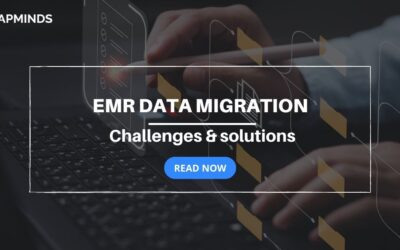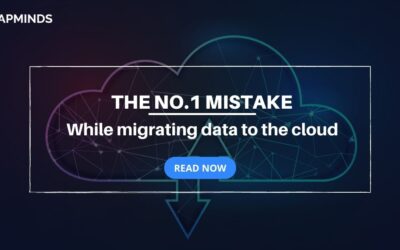Internet of Medical Things (IoMT): Top #6 ways to easily secure
To remotely serve patients, connected devices provide versatile ways. This enhances care, medication delivery, and monitoring of vitals.
Yet unsecured IoMT may pose a threat rather than a savior for healthcare providers. Thus healthcare organizations must secure the IoMT to increase the protection of electronically Protected Health Information (ePHI). This should be made a part of cybersecurity risk reduction efforts.
The IoMT security risks
The Internet of Medical Things to share health data with providers uses wireless networks. It doesn’t always be secured by standardized controls. These loopholes open up space for cyber threats and hackers. When hacked, unauthorized users can move quickly within networks and use the health data to harm patients.
Such attacks may include wiretapping, dumpster diving, flooding, distributed denial of service (DDoS), botnet, etc.
RELATED: The Role And Top 5 Benefits Of Using The Internet of Things (IoT) In Health/Patient Care
6 ways to easily Secure IoMT
1. Powerful password policy
Even though IoMT devices have default settings and passwords, hackers can find these passwords online. Creating a new powerful, unique, and strong password should be the first step when adding a new IoMT device.
The passwords should not be names of known persons, or years. It should be a combination of upper-lower case letters, one number, and a special character. You should not save the password on any official or unofficial pages or sites. This reduces the risk of finding the password.
2. Network segmentation
It is the process of logically or physically splitting networks that has sensitive information from the whole pack. This can be done by keeping sensitive information in a separate data center away from public applications.
To limit access to sensitive data, firewalls can also be used.
3. Multi-Factor Authentication (MFA)
MFA stands as a second step to reducing credential theft risks. If a hacker successfully logged into the device, the MFA will need them to submit extra information to prove their identity.
This extra information includes details like something you have, know, etc.
4. Intrusion Detection Systems (IDS)
IDS can be specification-based, anomaly-based, or signature-based. Anomaly-based offers the best security and defense for IoMT.
This type of IDS observes the network for any potential risk. It includes ML (Machine Learning) to alert of new threats. The first advantage of anomaly-based IDS is its ability to find zero-day attacks from previous exposures.
5. Observing network traffic
Observing network traffic shows whether devices are transferring more data than they should.
Healthcare organizations can identify potential threats & compromised devices by looking for abnormal traffics. It also helps in reducing the impact of the attack.
6. Updating security patches
The unsecured exposure of software, firmware, and operating systems can be fixed with security updates. These vulnerabilities often act as a way to get access to networks, devices, and apps by hackers.
Frequent and routine security updates can reduce the threats to IoMT applications and devices.
RELATED: 5 Easy Steps For Healthcare Startups: Find The Right Tech Partner From Day Zero
IoT Services from CapMinds
The abundant growth of medical technologies using IoT can overwhelm healthcare providers. Starting from choosing the best service, to rendering them can seem to be a long, costly, and tedious process.
CapMinds Technology is the place where world-class standards meet for improved healthcare delivery. Our AI Data Analytics eases clinical decision-making, and in-patient mobility monitoring, tightens security, HIPAA, AI, etc.
We help health tech startups, providers & patients to build and manage cloud, AI, IoMT & IoT-powered smart landscapes with complete security. We provide tech partnership services of IoT solutions to help health providers widen their scope & vision of service. Our healthcare applications are designed with advanced IoT and AI solutions focused on secure payment methods, real-time communication, and patient monitoring for improved health outcomes.
“Reinvent your healthcare with our comprehensive & well-secured AI and IoT solutions”



